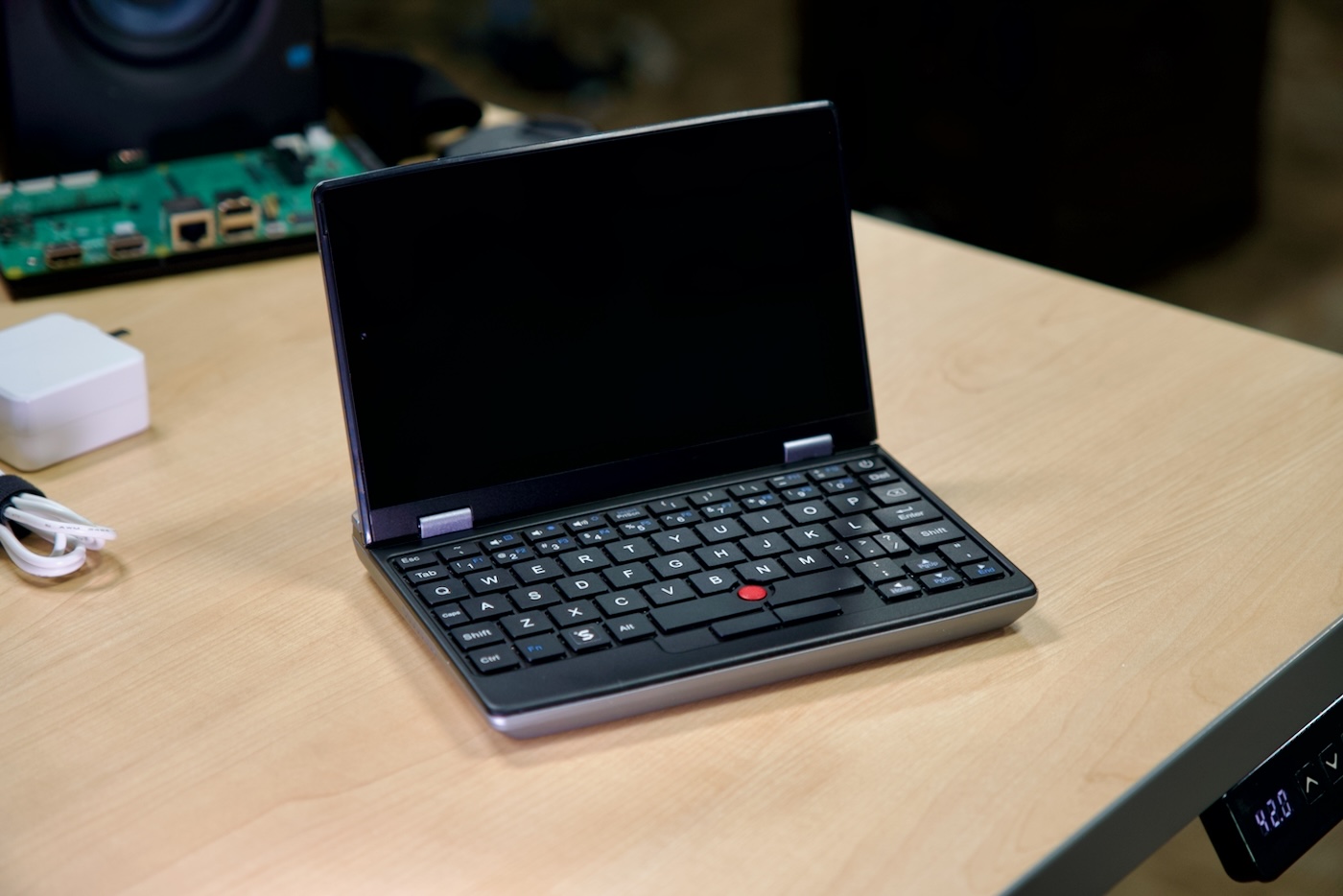Sipeed's new handheld RISC-V Cyberdeck
tl;dr: Sipeed sent a Lichee Console 4A to test. It has a T-Head TH1520 4-core RISC-V CPU that's on par with 2-3 generations-old Arm SBC CPUs, and is in a fun but impractical netbook/cyberdeck form factor. Here's my video on the Lichee Console 4A, and here's all my test data on GitHub.

Last year I tested the StarFive VisionFive 2 and Milk-V Mars CM—both machines ran the JH7110, a 4-core RISC-V SoC that was slower than a Pi 3.
Sipeed introduced the Lichee Pi 4A line of computers, offering a slightly newer T-Head TH1520 SoC, which is also 4-core, but uses faster C910 cores than the JH7110.